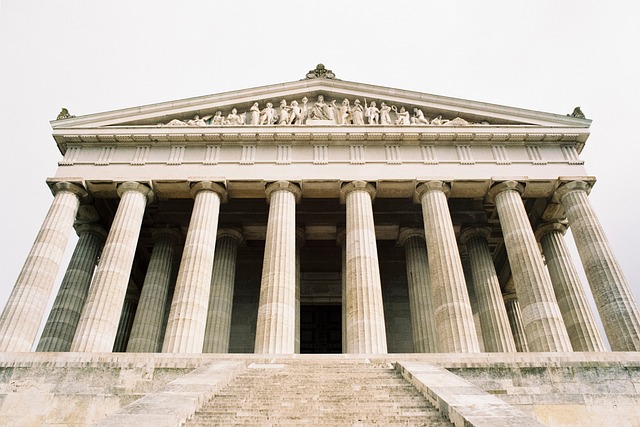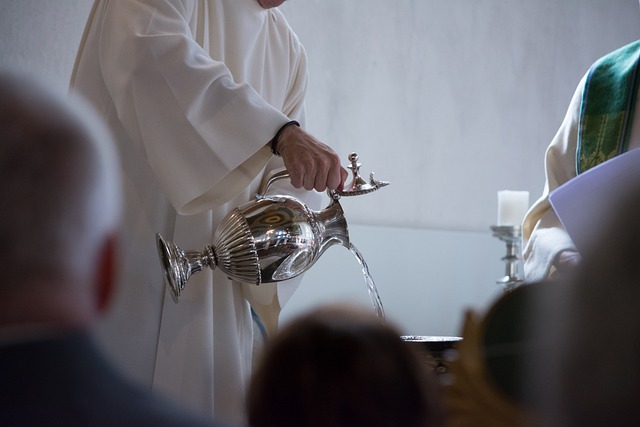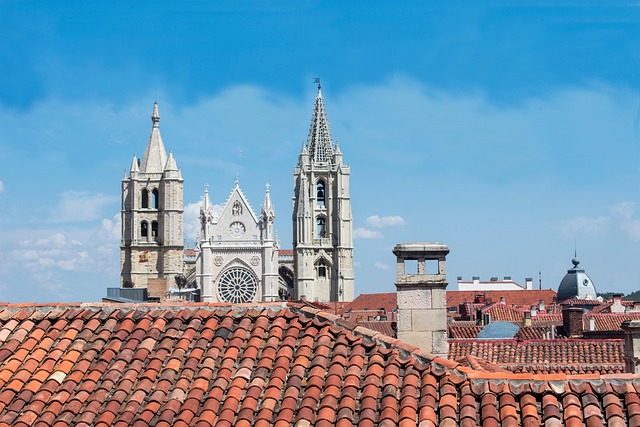Exploring the Sacred Practice of Adoration in Religious Rituals
In the tapestry of human spirituality, few practices resonate as deeply as the act of adoration. This sacred ritual transcends mere worship; it embodies a profound connection between the human spirit and the divine. Across cultures and religions, adoration manifests in various forms, each rich in meaning and reflection.
The Essence of Adoration
At its core, adoration is an expression of reverence and love, directed toward a higher power. It invites individuals to pause, reflect, and acknowledge the role of the divine in their lives. Whether through prayer, song, or silent meditation, the act of adoration creates a space for personal and communal connection with the sacred.
Adoration in Different Religious Traditions
In Christianity, adoration often takes the form of Eucharistic devotion, where believers honor the presence of Christ in the bread and wine. The quiet contemplation during these moments serves to deepen the understanding of sacrifice and love. Similarly, in the Buddhist tradition, adoration may be expressed through prostrations and offerings at a temple, symbolizing humility and the desire for enlightenment.
Islam presents yet another perspective, where the act of bowing and prostrating during Salah (prayer) is a physical manifestation of submission and devotion to Allah. Each prayer cycle holds a moment of adoration—a recognition of the divine’s greatness and the faithful’s humility.
The Role of Community in Adoration
Adoration is not merely a solitary pursuit; it flourishes in community settings. Group rituals amplify the experience, creating a shared atmosphere of devotion that enhances individual and collective reverence. Gatherings for prayer, chanting, or meditation allow participants to feel the collective energy of faith, reinforcing their connection to one another and to the divine.
Festivals and holy days often serve as focal points for communal adoration. These occasions remind believers of their shared heritage and the ongoing journey of faith. Through songs, prayers, and various forms of creative expression, communities come together to celebrate their devotion, fostering a sense of belonging and purpose.
The Transformative Power of Adoration
The act of adoration holds transformative potential. It encourages introspection, inviting individuals to explore their beliefs and feelings about the divine. In moments of sincere adoration, many find clarity, comfort, and a renewed sense of hope. The experience can ignite passion, foster spiritual growth, and inspire acts of kindness and love in the world.
Furthermore, adoration helps individuals navigate life’s challenges. In times of uncertainty, the ritual of offering love and devotion can provide solace—a reminder that they are part of something larger than themselves. This feeling of connection can be incredibly grounding, serving as a beacon of light during dark times.
The Personal Journey of Adoration
Each person’s journey with adoration is unique, shaped by personal experiences and beliefs. For some, it may be a cherished ritual passed down through generations; for others, it may evolve as they explore different faith traditions. Regardless of the path taken, adoration remains a universal language of the soul—a testament to humanity’s quest for meaning and connection.
As you explore the sacred practice of adoration in religious rituals, consider how it resonates with your own spiritual journey. Whether through quiet meditation or exuberant celebration, adoration invites us to pause, reflect, and connect—with ourselves, with our communities, and with the divine.



